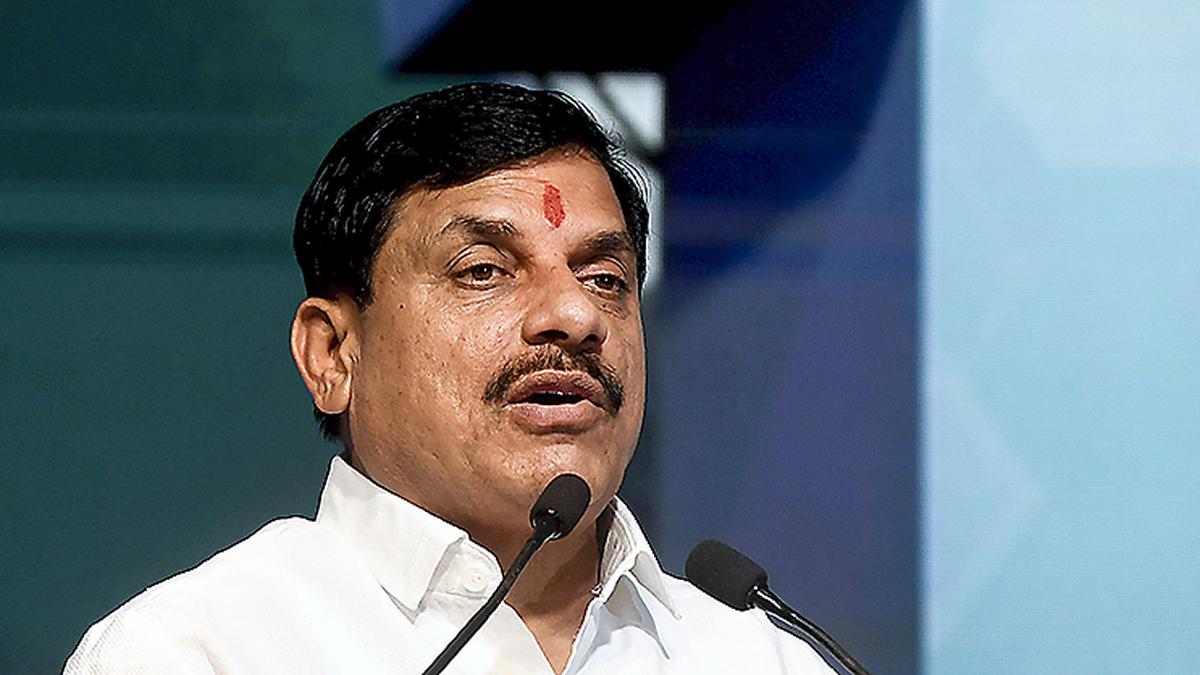
Image used for representational purposes.
| Photo Credit: Getty Images/istockphoto
While buying health insurance is a responsible decision, responsibility also extends to diligently maintaining the policy to ensure continuous and hassle-free coverage. And that means, duly tracking the renewal date every year and renewing the policy. Every year, remember to renew the policy before it lapses to continue your coverage. While renewing, you may also find out that the premium for your policy has increased.
But what if there was a way you could not only get continuous coverage for years, but also lock in the premium for the duration when you buy the policy? Well, the good news is that it’s possible now. If you buy the recently introduced five-year health insurance plan, you can lock in the premium for the period and not worry about renewals or rising premiums. The best part is, you can save up to 18% in premiums while building a healthy no-claim bonus and ensuring uninterrupted coverage. That’s the power of multi-year health insurance.
Thanks to the Insurance Regulatory and Development Authority (IRDAI) norms, insurance providers can now offer long-term health insurance plans with a tenure of up to five years, up from the earlier three. And for many policyholders, this could mean a big financial advantage. Let’s see how.
Saving on rising premium
Our data suggests that about 53% of the customers see a premium rise of about 10%, and 38% experience up to 15% premium hikes. Naturally, as the healthcare costs go up, so do the premiums. Hospitalisation costs have jumped over 11%, and India has seen a medical inflation rate of 14% for the past few years. Rising medical costs have a very real impact on Indian families, where insurance penetration remains low and out-of-pocket expenditure is high. That’s where multi-year policies step in. They allow you to lock in your premiums and offer you the benefit of predictability.
How it works
Let’s assume a 30-year-old living in Delhi wants a ₹20 lakh cover. The annual premium comes to about ₹11,000. Over five years, it’s ₹55,000. But with a 5-year plan, the person might only pay ₹45,000 upfront while also locking in a premium and saving over 18% in the process. While it is about savings, it is also about securing peace of mind for the long term.
First of all, you get premium certainty and are protected from future premium hikes resulting from inflation, age, or even changes in your health status. Second, there will be no renewal hassles as life gets busy.
A missed renewal can result in a policy lapse and loss of accumulated benefits like the no-claim bonus or completed waiting periods. With a 5-year plan, you’re covered for longer without interruptions.
But what happens to tax benefits if you pay the entire 5-year premium in a single year? Again, the good news is that even with a multi-year policy, you can divide the total premium over policy tenure and claim annual deductions. If you can’t pay the full amount upfront, many insurers offer EMI options wherein you can pay monthly, quarterly or semi-annually, even when you choose multi-year plans. These plans work especially for NRIs and frequent travellers. After all, with one living in another country, renewal reminders can be missed. A 5-year plan ensures you don’t lose your coverage even if you’re away.
Health cover is all about timing. The earlier you buy, the better your premium and the shorter the waiting period for pre-existing diseases.
But in a world where premiums keep rising with every birthday, locking in the cover for the next five years is also a sound financial strategy.
Senior citizens can avoid steeper hikes that typically come with each passing year. Add to that the ₹50,000 tax deduction for senior citizens under Sec 80D, and a multi-year option starts to look compelling. Evaluate your options well before deciding.
(The writer is head, health insurance, Policybazaar.com)
Published – May 19, 2025 06:26 am IST



